Diversity in Fashion
The push for diversity and inclusivity in fashion is reshaping the Women Swimwear Market. Brands are increasingly recognizing the importance of representing a wide range of body types, skin tones, and cultural backgrounds in their marketing campaigns. This shift is not only ethical but also commercially viable, as it resonates with a broader audience. Data suggests that brands embracing diversity can experience a 20% increase in customer loyalty. Furthermore, the demand for plus-size swimwear has surged, indicating a market that is becoming more inclusive. As consumers seek brands that reflect their identities, the Women Swimwear Market is likely to see continued growth driven by this commitment to diversity.
Influence of Social Media
The role of social media in shaping consumer preferences cannot be understated in the Women Swimwear Market. Platforms such as Instagram and TikTok have become vital for brands to showcase their products and engage with potential customers. Influencers and celebrities often promote swimwear brands, creating trends that resonate with their followers. This phenomenon has led to a surge in online sales, with e-commerce platforms reporting a notable increase in swimwear purchases. Data suggests that nearly 60% of women aged 18-34 are influenced by social media when making fashion-related decisions. Consequently, brands that effectively leverage social media marketing strategies are likely to thrive in the competitive landscape of the Women Swimwear Market.
Technological Innovations
Technological advancements are playing a transformative role in the Women Swimwear Market. Innovations in fabric technology, such as moisture-wicking and UV protection, are enhancing the functionality of swimwear. Additionally, the rise of 3D printing and customization options allows consumers to personalize their swimwear, catering to individual preferences. This trend is particularly appealing to younger consumers who value unique and tailored products. Market data indicates that the swimwear segment utilizing advanced technologies is expected to grow by 4% annually. As brands invest in research and development to create innovative swimwear solutions, the Women Swimwear Market is poised for significant evolution, driven by consumer demand for high-performance products.
Sustainability Initiatives
Sustainability has emerged as a crucial factor influencing consumer choices in the Women Swimwear Market. As environmental concerns grow, many brands are adopting eco-friendly practices, such as using recycled materials and sustainable production methods. This shift is not merely a trend; it reflects a broader societal movement towards responsible consumption. Research indicates that approximately 70% of consumers are willing to pay more for sustainable products, which suggests a significant opportunity for brands that prioritize environmental stewardship. The Women Swimwear Market is witnessing an influx of sustainable collections, appealing to eco-conscious consumers who seek to align their purchases with their values. This focus on sustainability is likely to reshape the competitive dynamics within the market.
Rising Health Consciousness
The increasing awareness of health and fitness among women appears to be a pivotal driver in the Women Swimwear Market. As more women engage in physical activities such as swimming, the demand for swimwear that combines functionality with style is likely to rise. Reports indicate that the swimwear segment is projected to grow at a compound annual growth rate of approximately 5.5% over the next few years. This trend suggests that brands focusing on performance-oriented swimwear may capture a larger market share. Furthermore, the emphasis on health and wellness is influencing purchasing decisions, with consumers seeking products that enhance their athletic performance while also being fashionable. Thus, the intersection of health consciousness and swimwear is shaping the Women Swimwear Market in a significant manner.



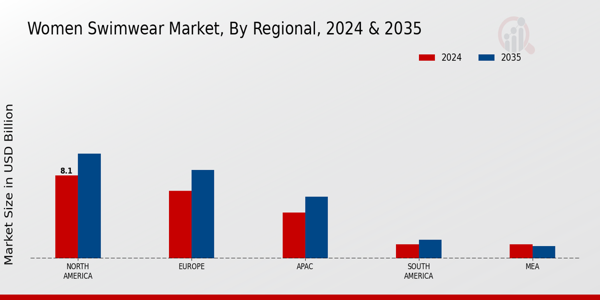
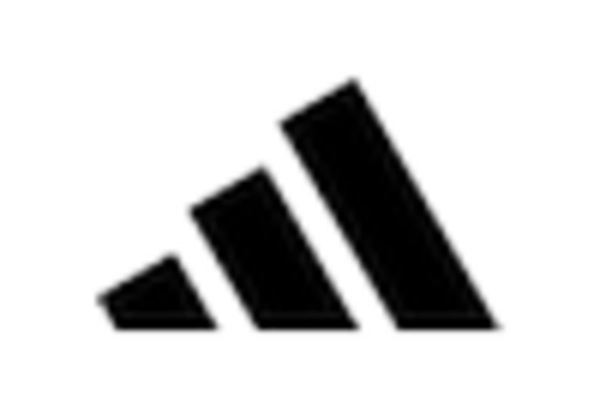

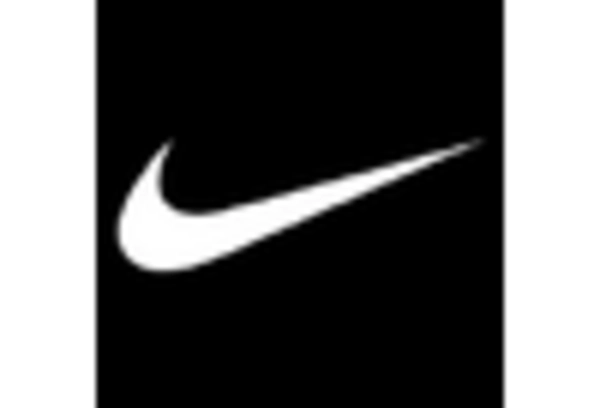
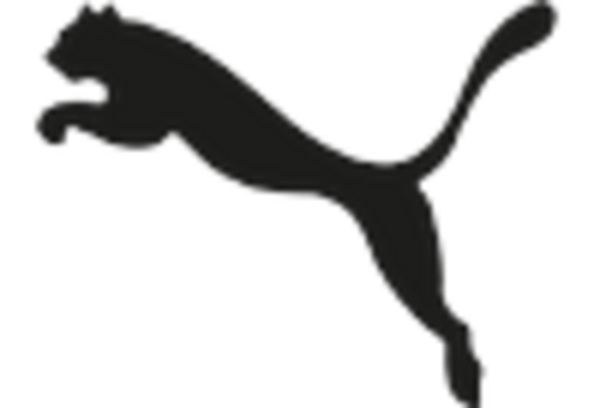
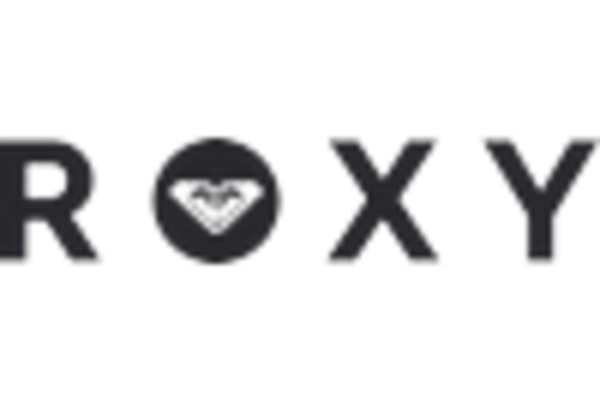









Leave a Comment